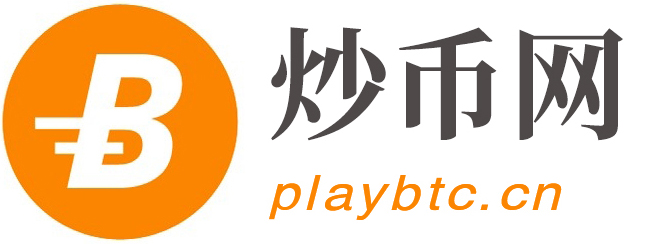I tried uni.zkync’s test network, oh my god, found that it doesn’t require ETH to pay for gas. It works so well.

The design idea of Layer2 can be described as follows: a transaction on L2 can be proven to be fully compliant with L1’s transaction rules, but does not need to be actually executed in L1.
Optimist promises that its transactions comply with L1 rules by mortgating assets on L1. If it violates the rules, it may be discovered and take away the collateral.
ZK proves that its transactions comply with L1’s rules by means of mathematical proof. L1 can verify its legitimacy after receiving theproof file sent by ZK.
On L1, the user sends a transaction and the Ethereum miner node validates and packages it in block. Transactions made by users on L2 are verified by Layer2’s operational node and then uploaded (up) to L1. However, L1’s Ethereum miner node does not verify the original transaction, but only packages the transaction data and proof file, which is called CallData.
The L2 operating node that performs rollup is required to pay GAS to L1, and this gas must use ETH (unless discussed with the pool).
When using L2 to send transactions, users also have to pay for gas, but in what coin? In essence, it depends on the operation node of L2. The rollup node even does not charge gas fees from users, and then adds ETH as gas by itself during rollup. I think the Layer2 project will most likely issue a coin eventually, at least as gas fees for executing transactions on its own system instead of using ETH as gas.
The operational nodes of L2 can be one or open multiple nodes, which then use some sort of consensus mechanism to coordinate who performs rollup.
The cooperation mechanism of L2 and L1 is especially like the cooperation mode of To C and To B. L2 is responsible for the end user and provides the user with all the services that L1 can provide, including security, while L2 certifies to L1 that the services it provides are compliant with L1’s rules.
Will the Etherum slowly become To B chain, and away from C end users?
To B or To C, let’s leave out a good question for now.To B or To C, let’s not consider good or bad.
Ithink it might.
The core reason is the low transaction cost of users in L2. The cost of L1’s original users entering L2 is relatively high, but they can directly develop new users in L2. L2 operators deposit assets and services in L2 at a time and sell them to new users. New users may never leave L2. You can imagine that the vast majority of users will not put the currency to the exchange such as Binan and Huobi, but directly charge money into the exchange, buy the currency, and then sell the currency to withdraw the money.
The composability of L2’s ecological products is a disadvantage compared with L1’s. But the virtual machine compatibility will make the contract on L1 almost seamless migration to L2, so you see the ecology of Arbitrum is almost instant prosperity, the prosperity of BSC also proved that EVM compatibility for developers is too friendly. EVM compatibility makes it easy for L2 to have the same product ecology as L1, thus addressing the composability disadvantage.
Another question, what if the rollup node of L2 is the miner node of Ethereum L1?

